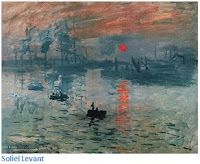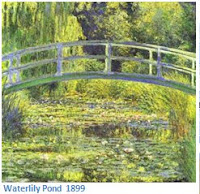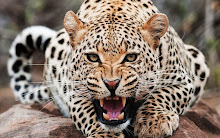 Tunes for ‘toons: Music and the Hollywood Cartoon, 2005, By Daniel Goldmark, University of California Press
Tunes for ‘toons: Music and the Hollywood Cartoon, 2005, By Daniel Goldmark, University of California Press Tom and Jerry is one of the two texts that we get to refer to when talking about comedy in animation. It also happens to be one of my all time favourite animations. I have seen all the Tom and Jerry shorts from the William Hanna and Joseph Barbera Era (creators of Tom and Jerry for MGM) to the Giene Deitch era and the Chuck Jones era, as I was a massive fan of the cartoon when I was young and I still do enjoy it to this day watching the new Tom and Jerry films and brand new ‘Tom and Jerry Tales’ broadcasted on Boomerang.
Tom and Jerry is one of the two texts that we get to refer to when talking about comedy in animation. It also happens to be one of my all time favourite animations. I have seen all the Tom and Jerry shorts from the William Hanna and Joseph Barbera Era (creators of Tom and Jerry for MGM) to the Giene Deitch era and the Chuck Jones era, as I was a massive fan of the cartoon when I was young and I still do enjoy it to this day watching the new Tom and Jerry films and brand new ‘Tom and Jerry Tales’ broadcasted on Boomerang.
As many would know Tom and Jerry is a cartoon involved no dialogue, bar a few exceptions. The cartoons were mainly based on the visual comedy (slapstick) and the sound effects/music to anchor the scenes. ‘Tunes for ‘toons’ covers Tom and Jerry in depth as the book overall examines the music used in animated cartoons from Hollywood from the early 30s to the 50s. Tom and Jerry, which began in 1940s comes in between this period and is notable for its use of music.
My focus in the essay is about the comedy. Although the book is mainly about the music in animation, it does discuss the nature of Tom and Jerry and its slapstick comedy. It talks about how animation is not restricted by ‘physical limitations of the human body’ and how Tom (formulaically) is always the one who ends up going through pain and how his body is used and exaggerated when he is hurt, where a humans cannot. It also talks about the formualic success of Tom and Jerry, with the simple concept of a Cat (Tom) chasing a Mouse (Jerry), and whilst they all have the same concept, the use of relfecting the zeitgiest ('spirit of the times) and the use of other on/off screen characters such as the dog and the maid, all help contribute to the cartoons comedy.
Overall, this is a very good text for me to refer to as I have watched a lot of Tom and Jerry meaning I can refer to specific points in the animation when giving examples from the text combined with theories and research on comedy, I feel that I can really discuss this text in depth in terms of its comedy.

















